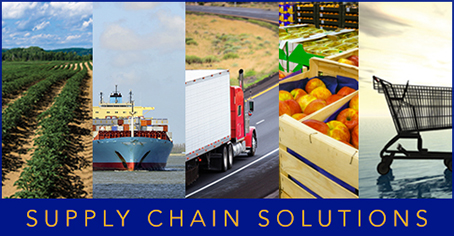Gallant: I’ve seen an increase in food safety regulation over the past 10 years. In terms of managing the cold chain, we now must be able to document cradle-to-grave flows, the carrier networks being used, and those types of things. We also have less transportation capacity than in the past. It’s becoming more difficult to find the right carrier partners to get our product from the West Coast to the East Coast. And certainly, our customers are much more sophisticated today in terms of their quality assurance requirements.
Brady: To follow up on the food safety issue, it’s no longer just a department or function in an organization. It needs to be everybody’s mindset. When making a decision, you have to ensure that it supports your food safety standards and complies with what each customer wants. There’s also a lot of activity in data collection and usage, but it seems as if every customer has particular desires and a different platform or portal where you upload data. The fact that they’re not very consistent makes it a big challenge—you end up creating roles in your organization just to actively manage supply chain data and ensure it consistently fits each customer’s needs.
Any other supply chain issues you’re having to manage now versus the past?
Gallant: Trying to get people on the same communication spectrum is difficult; it’s more manual than we’d like it to be, it’s harder to find qualified carriers, and many of them are not well linked. We have to communicate manually about when and where loads will be picked up because the climate impacts what we can cut and process to ship. You’re constantly moving trucks around.
Brady: We have a legitimate concern about sustainability of operations with the lack of water in California. You have to diversify your supply whether that be Mexico, the East Coast, or up north, meaning you’re collecting information from and communicating with folks in very different locations. This creates forecasting and planning challenges. You don’t want to throw people at the planning problem; you have to create really intuitive, easy-to-use applications and technology to help people input clean data into the system. Clean data allows you to accurately forecast and make correct decisions.
Grant: We have grower partners throughout North America and from 26 countries around the world. About half is imported, half is domestic. You really need to control your supply chain and have full visibility of where everything is located to make good decisions that meet customer requirements. The biggest thing for us has been integrating ecommerce capabilities with our suppliers.
Supply Chain Strategy
Balancing customer service and operational cost in an increasingly diverse marketplace is a major focal point for supply chain professionals. Produce companies must embrace logical strategies to drive revenue and bottom line profitability.



